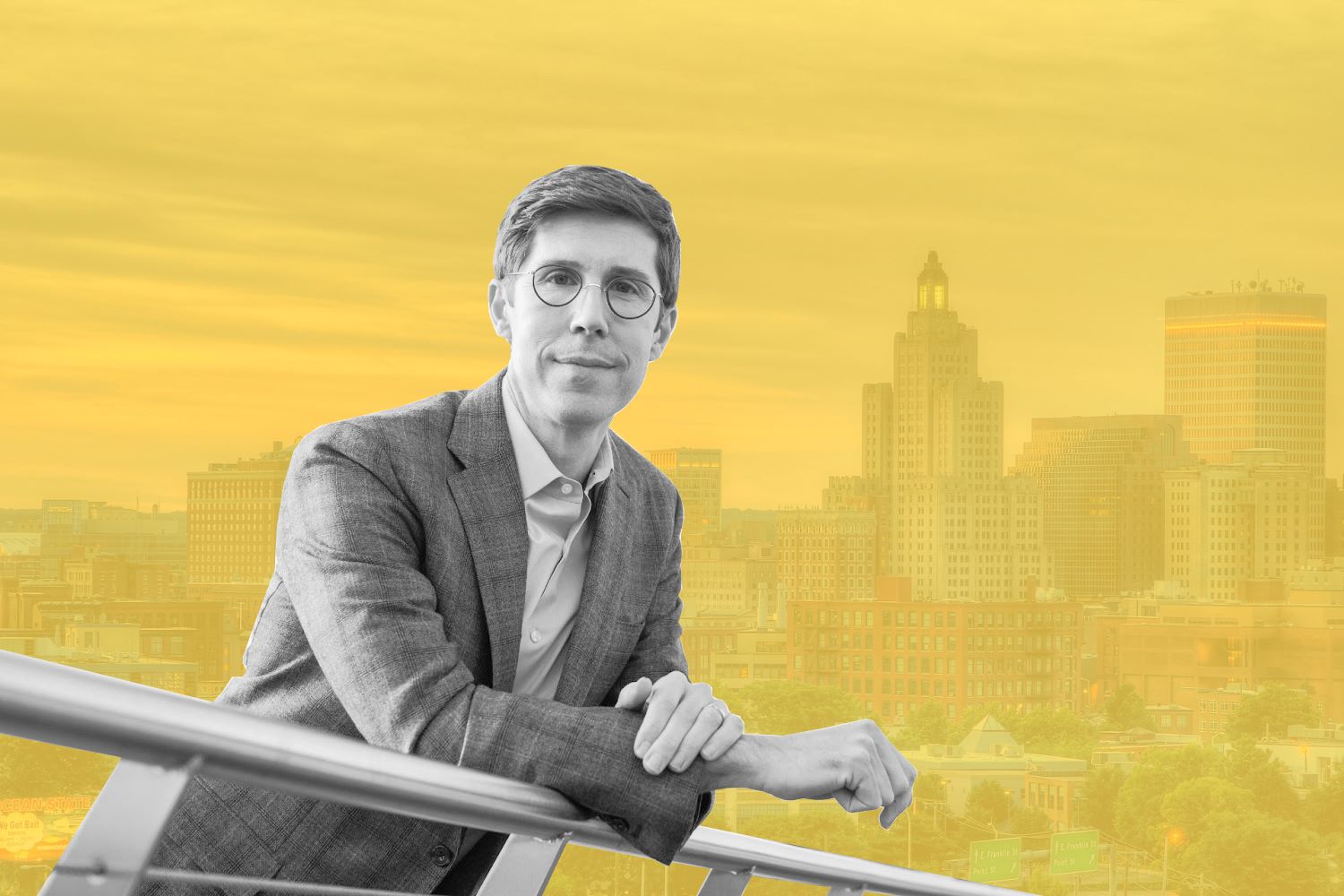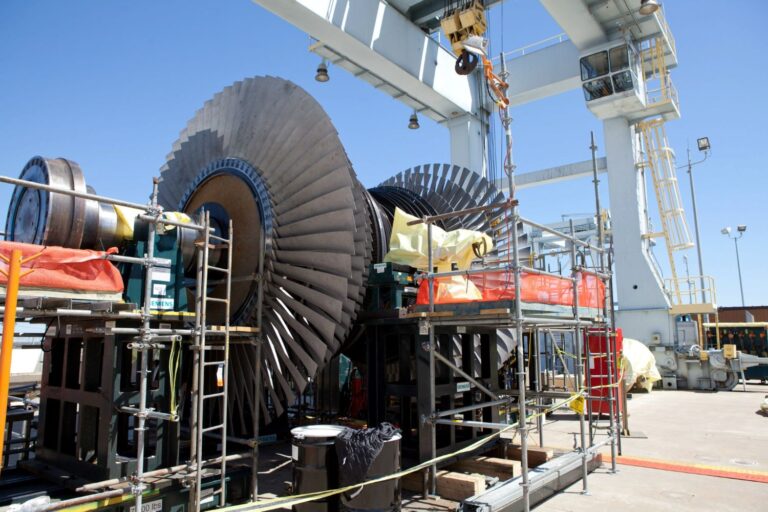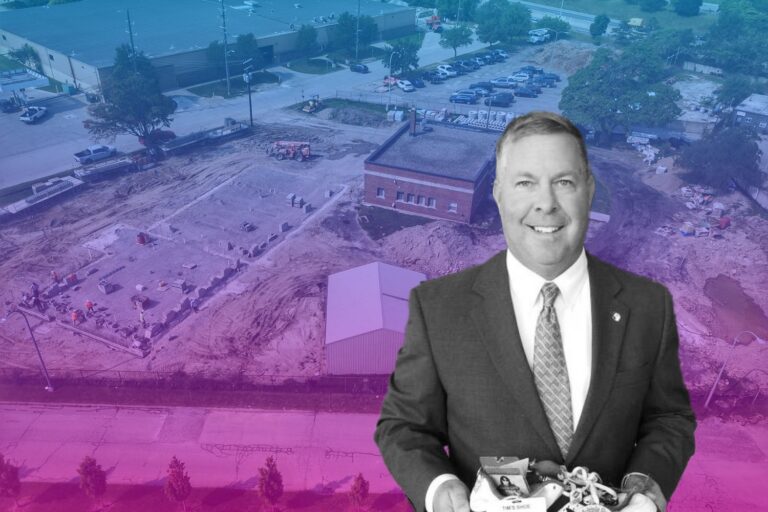The Head of the City of Providence on Making Kennedy Plaza the Hub of Engagement
Hidden within the bustling heart of Providence lies Kennedy Plaza, a cherished public space that pulsates with the energy of the city. It serves as a vital nexus for transportation, commerce, and community gatherings, embodying the vibrant spirit of the surrounding urban landscape.
However, even the most beloved spaces require occasional rejuvenation and reimagination to remain relevant and responsive to the ever-evolving needs of its inhabitants.
Driven by a vision to elevate Kennedy Plaza into a realm of newfound possibility, the City of Providence now seeks a visionary partner, affectionately known as the “Consultant,” to embark on a transformative journey.
Before delving into the core of the solicitation and its objectives, it is essential to grasp the significance of Kennedy Plaza and the factors that have led to the current call for proposals!
Transforming Kennedy Plaza: Unveiling the Culinary Jewel of Downtown Providence
Rhode Island, also known as the “Ocean State,” is a charming destination that offers a diverse array of scenic spots and cultural treasures. One of its most prominent cities, Providence, stands as a captivating blend of historical charm and modern vitality. From its picturesque waterfront areas to its vibrant arts and culinary scenes, Providence entices visitors with its unique character.
As the capital city of Rhode Island, Providence boasts a rich tapestry of landmarks and attractions. Strolling along the cobblestone streets of Benefit Street, visitors can marvel at the city’s iconic colonial architecture, including well-preserved homes dating back to the 18th century. The Rhode Island State House, an architectural gem atop Smith Hill, stands as a symbol of the state’s proud history.
In the heart of Providence lies Kennedy Plaza, a bustling public square that serves as a vibrant gathering place for locals and visitors alike. Having originated as Exchange Place in the 19th century, Kennedy Plaza occupies a distinctive position within a neighborhood marked by constant transformation. Throughout its history, this iconic plaza has consistently served as the central transportation hub of the city, fulfilling this vital role for over a century. Today, Kennedy Plaza remains a bustling hub where an impressive number of individuals, up to 69,000 people, traverse its grounds on a daily basis.
Renowned architectural historian Wm. McKenzie Woodward aptly captured the essence of Kennedy Plaza in his 2003 description. He referred to it as a space that has undergone constant transformation, becoming an al fresco bus station at the time.
Despite its evolving nature and acknowledged flaws, Woodward recognized the undeniable appeal of Kennedy Plaza as a captivating open space that harmoniously interacts with some of the city’s finest architectural gems.
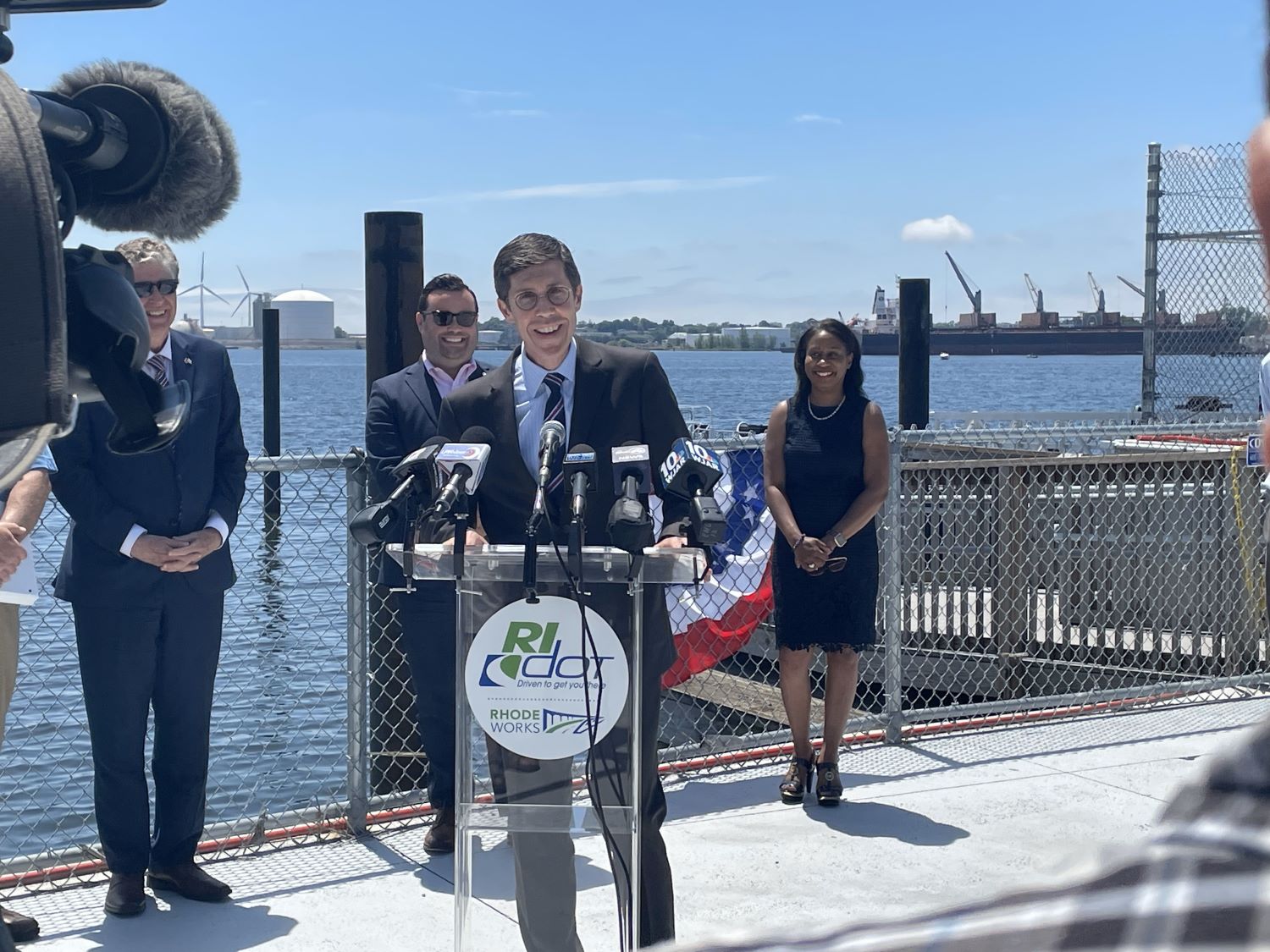
The plaza’s adaptive nature, as a central transit hub, has contributed to its continuous evolution over the years. While its primary function may have been similar to that of a bus station at the time of Woodward’s statement, Kennedy Plaza has consistently proven itself to be much more than just a transportation hub.
What sets Kennedy Plaza apart is its ability to transcend its perceived flaws and embrace its strengths as a public space. Despite its association with bus activity, the plaza retains a certain allure that captivates visitors. It serves as an inviting open space that harmoniously interacts with the city’s surrounding architectural landmarks, further enhancing its appeal.
Throughout the years, efforts have been made to revitalize Kennedy Plaza, transforming it into a vibrant gathering place for the community. From hosting cultural events and concerts to accommodating local markets and festivals, the plaza has become a focal point for social interaction and civic engagement. It has evolved into a space that fosters connections, celebrates local culture, and enriches the daily lives of residents and visitors alike.
The city organized two community gatherings to actively engage with the public and gather their perspectives on the future of Kennedy Plaza. These meetings, along with extensive community outreach initiatives, provided valuable insights from bus riders, neighboring property owners, and residents regarding their aspirations for the Plaza.
Key priorities identified by the community included the consolidation of bus services, the enhancement of safety and security measures, the promotion of better connectivity among different areas, the facilitation of pedestrian and cyclist movement, and the transformation of the Plaza into a dynamic and inviting public space.
“Vibrant public spaces are a big part of Providence’s reputation as a fun and captivating destination,” said Mayor Jorge Elorza. “I’m thrilled that this vision will help transform Kennedy Plaza into a true civic heart for our city by taking into account what we have heard directly from the public.”
Bidding for Providence’s Food Pavilion
The City of Providence beckons forth a visionary partner, known as the “Consultant,” to embark on a groundbreaking contract that will shape the destiny of Kennedy Plaza. This endeavor encompasses the development of a remarkable food pavilion project, poised to breathe new life into the heart of Downtown Providence.
The inspiration for these improvements emerged from the City’s Imagine Downtown Providence project, which engaged the community in reimagining Greater Kennedy Plaza, the Riverwalk, and Waterplace Park. The goal was to make these spaces more sustainable, resilient, welcoming, and safe while enhancing their connectivity.
“Greater Kennedy Plaza, including Burnside Park and Biltmore Park, is a critical anchor in the network of parks that run through our beautiful downtown,” said Cliff Wood, Executive Director of the Providence Foundation. “We’re thrilled to see investment and energy building for these critical public spaces and are committed to activating them into the public square that Providence residents deserve.”
“This is our attempt to have every resident throughout the city feel connected to, welcome and a part of having ownership over our central space in Kennedy Plaza,” Providence Mayor Jorge Elorza said June 14 during the project’s third public information session.
The overall cost of the redesign project could reach $140 million. To secure funding for the project, the city may consider pursuing grants or implementing a phased approach to manage expenses. The plan also highlights potential revenue streams, such as rentals, vendors, and performance opportunities, which could offset the rising operational costs.
With a tapestry of services ranging from architectural and engineering design to pre-construction consulting, construction prowess, and the ongoing operation and maintenance of the pavilion, the chosen bidder will wield the power to transform Kennedy Plaza into a thriving culinary haven.
Fueling the inspiration behind this vision lies the desire to create a vibrant destination that entices both locals and visitors to immerse themselves in the dynamic pulse of Downtown Providence. The food pavilion, alongside its accompanying landscaping improvements, seeks to not only invigorate Kennedy Plaza but also bolster the vitality of the surrounding residential and commercial investments.
The goals driving this transformation are as ambitious as they are captivating. Firstly, Kennedy Plaza will shed its seasonal constraints, embracing year-round activity that enchants visitors from dawn till dusk. The aim is to breathe life into space, ensuring it brims with positive energy, day and night.
Secondly, the plaza will become a magnetic gathering point for people of all ages, transcending generations and backgrounds. A welcoming haven, it will invite everyone to indulge in its embrace, fostering a sense of belonging and togetherness.
To inform the programming, location, and design of the food pavilion, the Consultant will be expected to include a qualified restaurant/food service operations consultant on their team.
These improvements are driven by several goals.
Firstly, they aim to activate Kennedy Plaza throughout the year, ensuring positive use of the space during all times of the day and evening. Secondly, the goal is to attract people of all ages to Kennedy Plaza, making it a welcoming and comfortable environment. Additionally, the improvements aim to enhance the sustainability and resilience of the plaza, addressing sun and heat island impacts as well as wind conditions.
Moreover, the enhancements seek to complement existing assets and planned investments in surrounding buildings and spaces. This includes the playground at Burnside Park, the skating rink, nearby hotels and restaurants such as the food hall being constructed on the lower level of the Union Station building, and the new restaurant and hotel recently opened at One Financial Plaza. The redevelopment of 111 Westminster into mixed-income housing also factors into the planning.
To break up the expansiveness of the Plaza and create a more inviting atmosphere, the improvements will establish an interconnected series of comfortable and welcoming spaces. This flexibility in design will allow for various events, such as farmers markets, concerts, and public gatherings.

The resulting vision included the concept of “Big Shade,” incorporating a cafe building and a large shaded outdoor seating area and event space. This area would provide opportunities for people to enjoy food and beverages, and the city could host events like farmers markets and concerts to activate the space.
Furthermore, with the anticipated relocation of Rhode Island Public Transit Authority’s central bus hub out of Kennedy Plaza, there is an opportunity to enliven and fill the void with more amenities for residents, workers, and visitors in the area. Investments in Kennedy Plaza will contribute to the health and safety of downtown by providing a clean and safe space for recreational and cultural activities.
Let’s go through a few factors that bidders should keep in mind.
A Scope of Work for a Dynamic Food Pavilion and Outdoor Oasis
The scope of work for this ambitious endeavor is outlined in the bid solicitation documents, inviting proposals from qualified entities. Through the utilization of the design-build methodology, the project aims to create a 2,000 to 4,000 square foot building within Kennedy Plaza, specifically designed to accommodate a food pavilion, food vendor spaces, and well-appointed bathroom facilities.
This building will be seamlessly connected to an expansive outdoor seating and event area spanning approximately 8,000 square feet, meticulously designed to provide shade and versatility.
Furthermore, green infrastructure and landscaping improvements will be incorporated throughout the plaza, fostering sustainability, resilience, and an inviting atmosphere for visitors of all ages and abilities.
Collaboration with the City and stakeholders is key as the selected vendor evaluates various site layout options for the food pavilion, shaded seating/event area, and landscaping improvements within Kennedy Plaza. Computer-generated visual aids, including site plans, building plans, sections, elevations, and renderings/perspectives, will be employed to effectively communicate the different design options and final selections to the City and stakeholders.
Navigating the complex landscape of permits and approvals will be a crucial responsibility of the selected vendor. Engaging with relevant agencies and departments, the vendor will ensure compliance with all necessary regulations. It should be noted that the Consultant will assume the financial responsibility associated with securing the required permits and approvals.
The project’s financial aspects will be meticulously managed by the selected vendor. From developing project budgets to providing comprehensive control budget and estimates at different stages of the design process, the vendor will ensure a transparent and efficient financial framework. Additionally, a Guaranteed Maximum Price (GMP) will be provided at the issuance of construction documents or earlier, offering financial clarity throughout the project’s lifecycle.
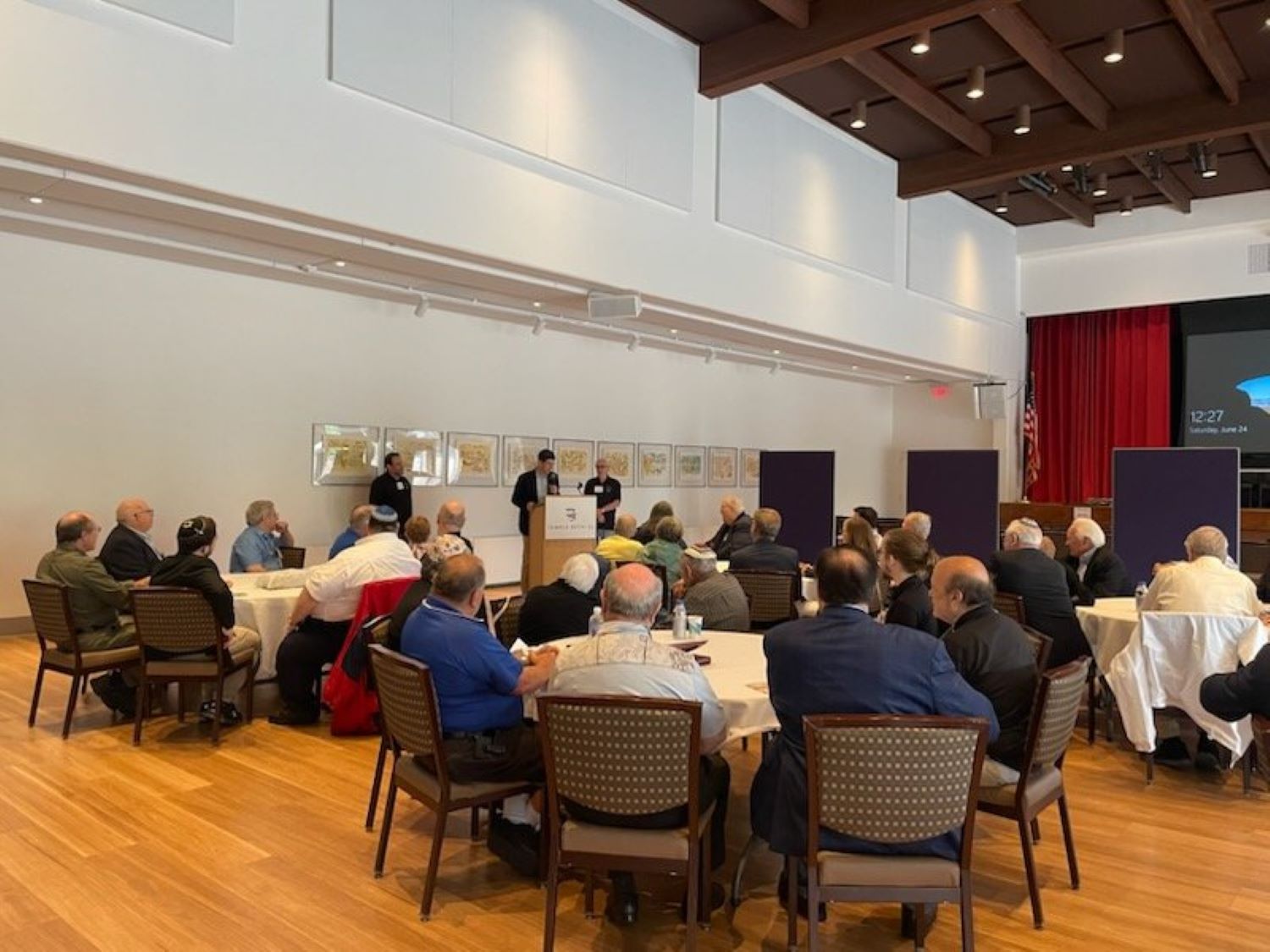
The preconstruction phase will entail identifying and procuring long lead items, as well as engaging selected trades early on, to facilitate efficient logistics planning, budgeting, and value engineering. Once the project is completed, the vendor will provide detailed “as-built” plans in unlocked AutoCAD and PDF formats, ensuring accurate documentation for future reference.
A key aspect of this project is the long-term operation and maintenance of the food pavilion and its associated outdoor space. The selected vendor will be entrusted with the responsibility of ensuring the self-sustaining operation and maintenance of these facilities for a minimum of four years post-construction, providing a seamless and enjoyable experience for visitors.
In addition to Phase 1, which encompasses the design, construction, operation, and maintenance of the food pavilion and its outdoor space, Phase 2 will focus on conceptual design alternatives for the future demolition of the existing addition to the historic trolley building in Kennedy Plaza.
The vendor will develop three draft conceptual alternatives, considering the construction of a contemporary building addition, shaded outdoor seating/event area, or a combination thereof that complements the elements outlined in Phase 1. Cost estimates for these alternatives will be provided, enabling the city to explore potential future developments.
The City of Providence has secured a substantial budget of $8,200,000 from the American Rescue Plan Act (ARPA) to support the comprehensive scope of work associated with the Kennedy Plaza food pavilion project. This funding encompasses all the necessary services, from the initial design phase to the final construction phase.
Within this budget, there is a specific allocation for the food pavilion itself. The project guidelines state that no more than $5 million can be utilized for the construction and development of the food pavilion, ensuring a balanced distribution of resources for the overall project.
It is noteworthy that this project is subject to ARPA reporting requirements. This means that the City of Providence will be responsible for providing detailed reports on the usage of funds, ensuring transparency and accountability in the expenditure of public resources. This ensures that the project adheres to the guidelines set forth by ARPA and upholds the principles of responsible financial management.
Behind the Curtain of Evaluation and Scoring for the Providence Project
In a meticulous and thorough process, the evaluation and scoring of proposals for a significant project in the City of Providence are underway. The City’s stringent criteria are set to ensure that only the most qualified and capable candidates are chosen. As highlighted in this evaluation process, a series of key factors are considered, each carrying a designated weight in the scoring system.
The first crucial criterion, “Qualifications and Relevant Experience,” weighs in at a significant 30 points. Proposals are meticulously scrutinized to assess the inclusion of resumes and past project information sheets, providing tangible evidence of success in the required areas of expertise.
From the highest accolades of 30 points for outstanding proposals that showcase extensive experience and an unparalleled background, to a non-responsive submission receiving a score of zero, the scale is meticulously calibrated.
Following closely is the criterion of “Project Approach and Understanding,” worth a maximum of 20 points. Here, the emphasis is on the clarity and aptitude of the proposed approach in meeting the project’s purpose, objectives, and specific needs of the City of Providence.
A comprehensive evaluation will unveil the strengths and weaknesses of each proposal, rewarding those that exhibit innovative understanding and alignment with the project’s overarching goals, while penalizing those that fail to grasp its essence.
Addressing the long-term success and sustainability of the project, the third criterion focuses on the “Operations and Maintenance Plan.” With a weight of 20 points, proposals will be meticulously evaluated to assess the presence of a comprehensive and suitable plan that caters to the needs of the project and the City of Providence.
Exemplary proposals will receive high scores, highlighting their meticulous understanding and effective strategies, while non-responsive or poorly understood plans will garner a lower or even zero rating.
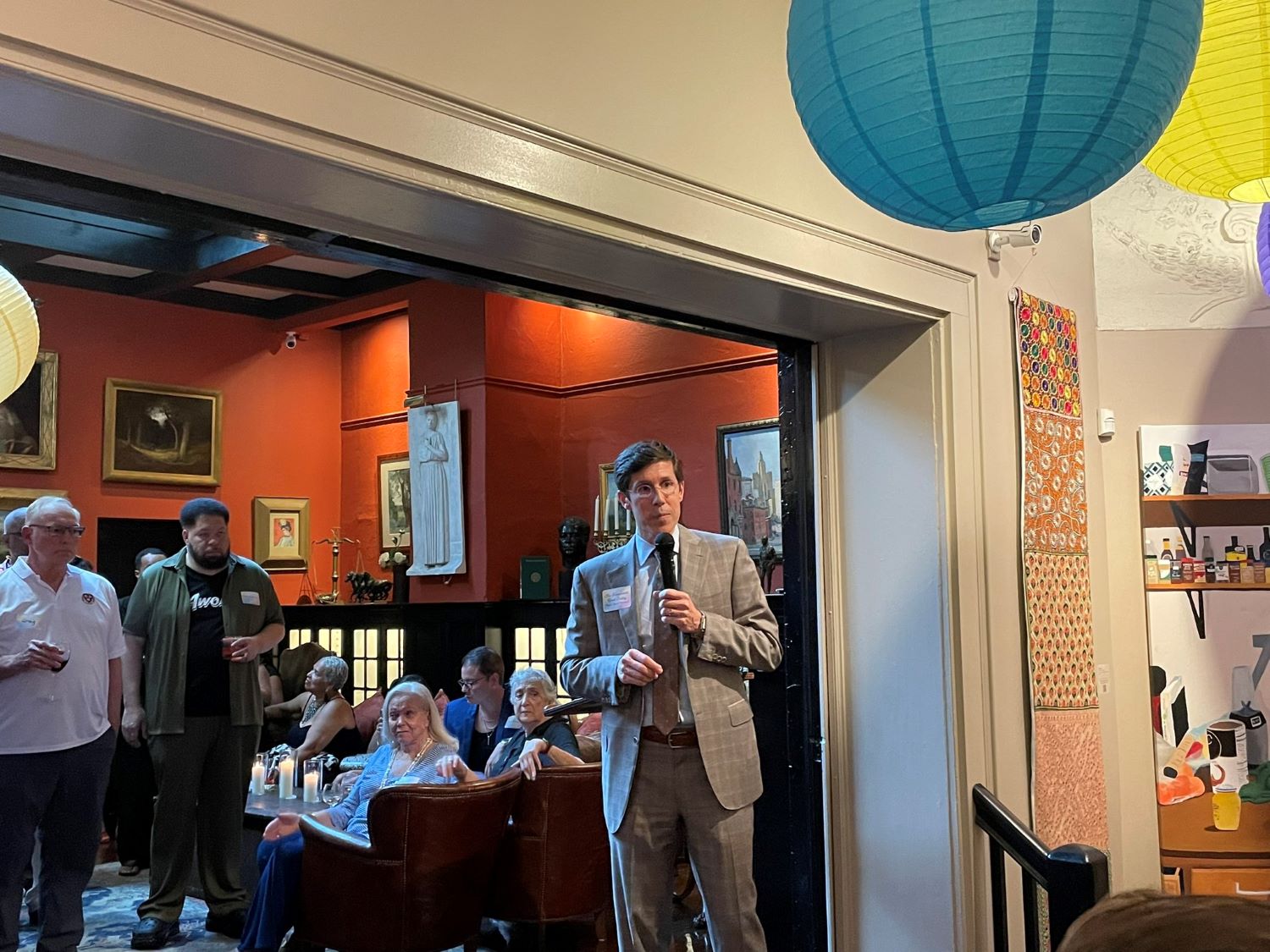
A vital aspect of any project lies in its architectural and design prowess, leading to the fourth criterion. Worth a substantial 20 points, the evaluation scrutinizes the proposed architecture and design team for their suitability and quality. Proposals will be examined to identify teams that exhibit outstanding qualifications and capabilities, thus earning top marks, while inadequate or non-responsive teams will receive lower scores.
References, the fifth criterion, account for 10 points in the evaluation process.
The inclusion of relevant and compelling references for key team members and past projects is crucial. Proposals with strong recommendations and endorsements will be favorably scored, highlighting the confidence and enthusiasm expressed by references in working with the proposed team. Conversely, references that fail to meet expectations or raise concerns will lead to diminished scores.
Finances play a pivotal role in any project, and the sixth criterion, “Cost Proposal,” holds immense weight, with a maximum of 30 points. Only proposals that have achieved a score of 75 or higher in the technical evaluation will proceed to the cost assessment phase. The lowest cost proposal will earn the full 30 points, while subsequent proposals will be scored based on a calculated ratio in comparison to the lowest bid.
Finally, the City reserves the option to conduct interviews, providing an opportunity for further clarification and engagement with teams that have achieved a score of 75 or higher in the technical evaluation. With a maximum of 20 points, interviews will serve as a decisive factor in the assessment process. Preparedness, comprehensive understanding, and experience will be evaluated, allowing exceptional proposals to shine while any deficiencies will be considered.
The Race for Providence: Companies Vie for the Opportunity to Shape the City’s Destiny
In a dramatic showdown of talent and ambition, the city of Providence finds itself at the center of a fierce bidding war. A staggering number of 28 companies have thrown their hats into the ring, each vying for the opportunity to leave an indelible mark on the city’s landscape. The sheer volume of interest is a testament to the project’s significance and the allure it holds for industry players seeking to showcase their expertise.
As the anticipation mounts, it’s worth noting an intriguing aspect of this spirited contest. Out of the 28 contenders, a remarkable 16 companies proudly hail from the very state that Providence calls home. These homegrown vendors, including such prominent names as NextPare Corporation, Simmons & Sonspainting LLC, NextDuckets, NextLindon Group, and NextJames O’Rourke Inc., bring a unique understanding of the local landscape and a vested interest in contributing to the city’s growth.
With no shortage of talent and expertise on display, the evaluation process promises to be a gripping affair. The city’s officials will carefully scrutinize each proposal, considering factors like qualifications, relevant experience, project approach, operations and maintenance plans, architecture and design teams, and references. These criteria serve as a compass guiding the decision-making process, as the city endeavors to select the most capable and visionary bidder.
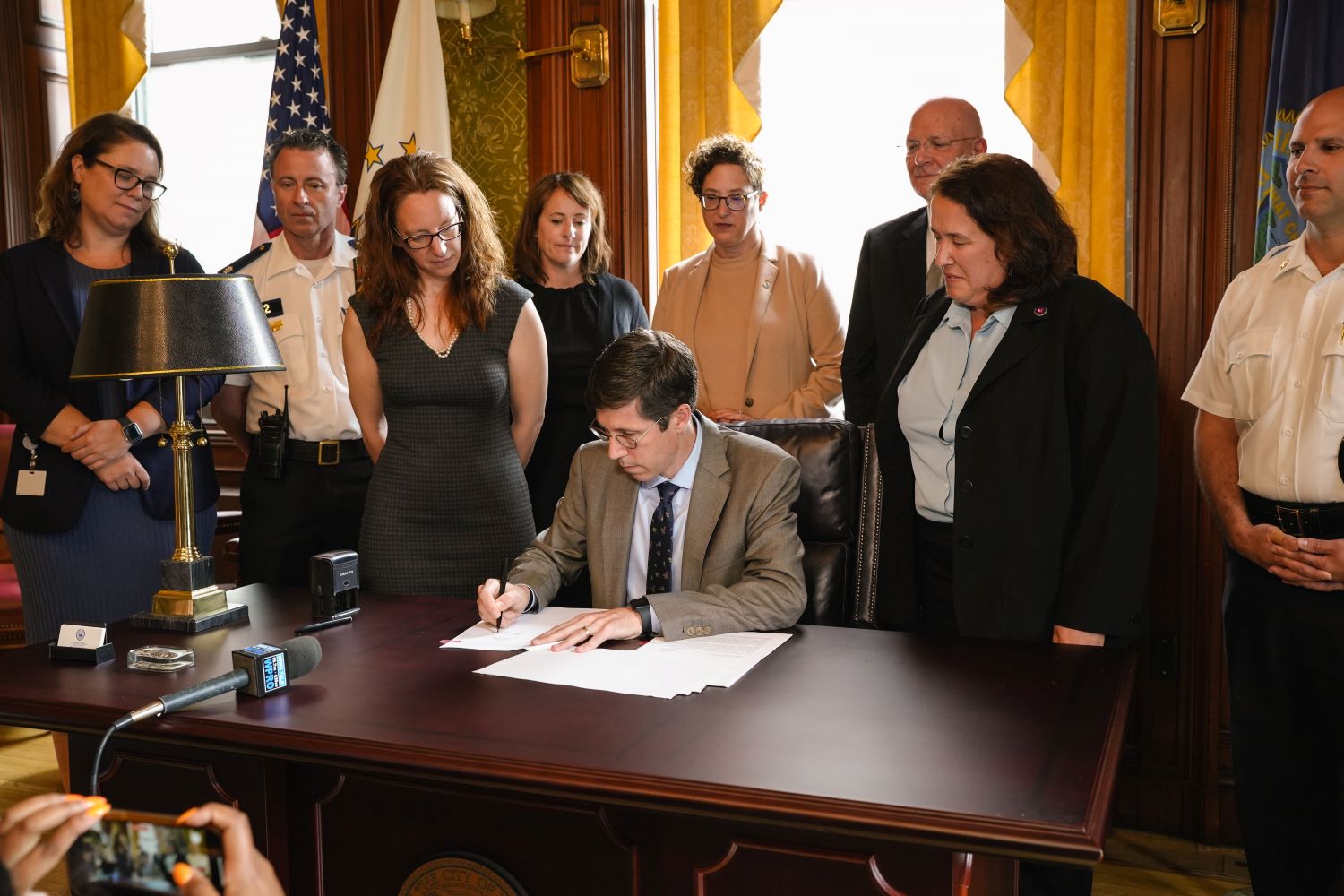
As the competition unfolds, anticipation hangs in the air. The fate of Providence’s future rests in the hands of these ambitious companies, each armed with their own bold visions and innovative strategies. The clash of ideas and the pursuit of excellence make this bidding process a captivating spectacle, one that will undoubtedly shape the city’s trajectory for years to come.
The countdown begins, and the stage is set for an intense battle of wits, creativity, and business acumen. In the end, only one company will emerge victorious, leaving an indelible mark on the fabric of Providence. As the dust settles and the city makes its decision, the transformative power of this procurement process will become abundantly clear, setting the course for a future that reflects the very best of what Providence can be.
Bottom Lines
The selection of the winning bidder will have a profound impact on the city’s landscape and future, shaping Providence into a destination that reflects its unique character and fosters community growth.
The bidding process highlights the importance of collaboration, innovation, and financial responsibility in infrastructure development.
As Providence awaits the decision, the city anticipates the dawn of a new era, where the chosen company will leave an indelible mark on the fabric of the city, contributing to its revitalization and growth.

